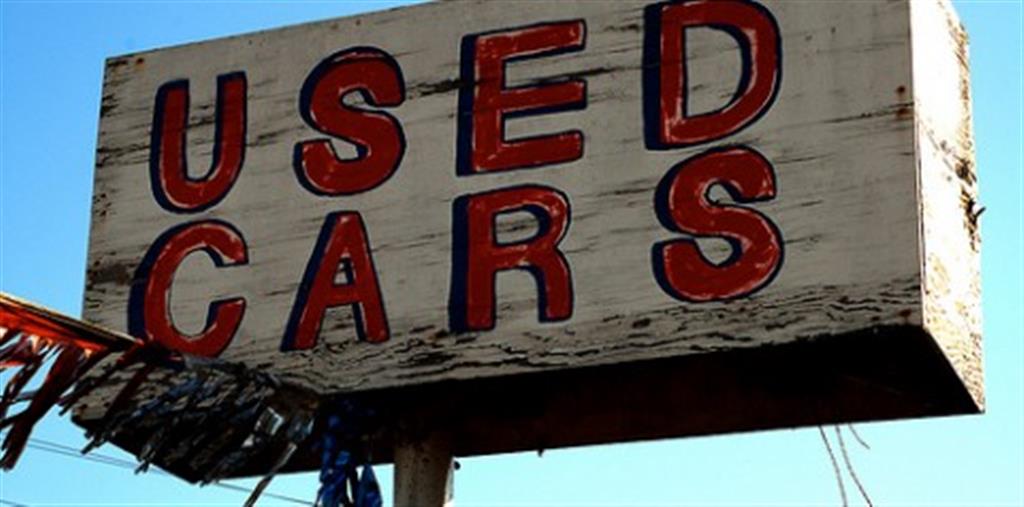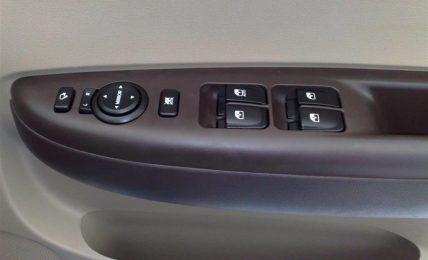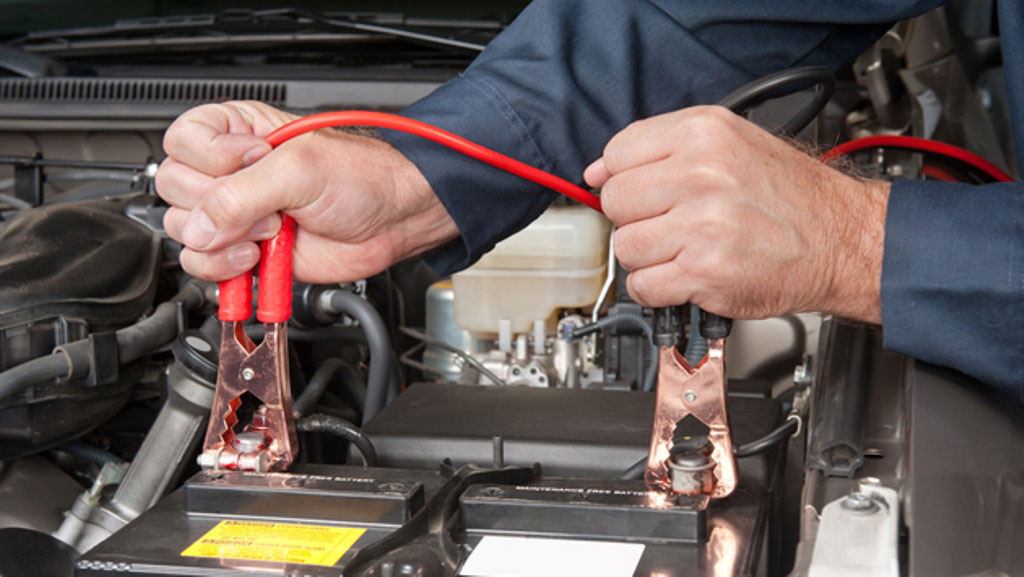Buying a used car is all about luck and as they rightly say luck favours those who work hard. A used car purchase can be a big gamble or a sought after decision. In either case, you will be the one paying for it and more importantly living with it. It’s not a bad idea to purchase a used car considering a four wheeler is a depreciating asset at the end of the day. However preparation towards buying a used car will help you take the right decision on which car favours you the most.
Here is our step by step guide to buying a used car in India
Step 1 – Select The Car
You may have a specific car in mind or from a specific segment that you wish to own. Look for the car that suits your need. Does it fulfill your requirements of performance or comfort? Do you need a petrol or a diesel? Remember even used diesel cars are more expensive than their petrol counterparts. Do you need a 7 seat car for day to day running? What kind of parking space do you have? Do you have any particular manufacturer or model in mind?
You should be prepared with all these preliminary answers before moving forward. Then select the car depending on your budget.
Step 2 – Allocate The Budget
It all begins with allocating a budget for your vehicle. You may have a particular car in mind, but does your budget allow you to purchase that specific car. If you plan to take a loan for the car, workout the EMI that you will pay along with the ownership costs for the car on a monthly basis. Calculate your monthly fuel expenses, service and maintenance bills, loan installments and other small expenditures that you will be making over the car, which should not exceed more than 20 percent of your monthly income. After allocating the budget, you can reconsider the car of your choice and then opt for either a bigger car or a smaller car; whatever your budget allows. For a sum of Rs. 5 lakhs the Swift and Accord both are available in the used market; however you need to choose as per your priority which car to go for.
Step 3 – Do Your Homework
More than new cars, buying a used car will take extensive homework. Check online for deals from different owners and dealers, while also checking out the ownership experience of the car available on different forums. Forums will prepare you to look out for specific problems in particular when going out to test drive the car before buying. You will specifically look for issues at those places in the car, which could have gone easily unnoticed.
You also need to compare prices of different models being sold of the same year. That way you know the current market price for the car. There are plenty of price evaluators online that will give you an approximate estimate of what should be the cost of the car. Once you have listed down the deals online, it is time to head down to the dealer or seller to have a look at the car.
Step 4 – Check The Credibility Of The Seller
The organized sector of used cars is very small in India and tends to be tad bit more expensive when compared to the unorganized used car market. However, the reliability is more certain with the organized used car seller. Check for the credibility of the dealer, before you do any business with him. Ask around or look for ratings about the dealer and his service. To be on a safer side, you could choose for larger multi-brand used car dealerships like Mahindra First Choice, Carnation or could go for manufacturer’s used car service like Toyota certified and Maruti True Value that will give you the warranty and service like that of a new car, but will obviously come with a higher purchasing cost.
Finding about the credibility, if the seller is an individual can be very difficult and the most you can do is pay him a visit personally and then assess whether his offer is genuine or not. However, when dealing with an individual you are likely to get a far better deal resulting in a lower purchase cost, but you will have to run around to get all the transfer and insurance papers in your name.
Step 5 – Examine The Exteriors
Make sure you test drive and examine the car during day light so that you can clearly look for any small issues that the car may have. Do a walk around the car and thoroughly have a look at every corner, panel and door sill of the car. You should be looking for panel gaps, loose doors, difference in colour on the panels, all signs of a replacement. Make sure you make a note of it to ask for an explanation from the owner later. Look at the scratches on the bumper and does it have any major dents that need immediate attention. Check the glass area across the car and look for any cracked windows or windshield that have been or need to be replaced. Make a note of your observations; they will serve a major purpose later.
Also examine the life left on the tyres. Tyres ideally should be changed after 5 – 6 years. After checking the tread, make a quick analysis on whether you will need a set of new tyres later.
Step 6 – Test Drive The Car
Once you have had a look at the car, it’s time to take a test drive. Look for any sounds or rattles. Does the tail pipe emit in black or blue smoke? It is important that the car starts up in the first go that denotes the battery is in a working condition. Try and drive at different speeds and across the whole RPM range to get the feel of the car. Try hard braking as well to understand the condition of the brakes. If they slip, they may be in a tired state and will need immediate replacement. Also look for rattles around the suspension and if harsh vibrations come through to the brake pedal or the steering wheel. Both denote there could be a serious problem. Also check the cooling of the AC and if it cools the cabin effectively.
Open the hood and look at the engine bay. Ideally, the seller must have made sure that the engine bay is spanking clean in the light of making a deal; however you need to look for any cracks, redone wires and so on. Look for leakage around the fuel filter and engine oil cap. Also check the ground below where the car is parked to see if there is any liquid leaking from the car.
Step 7 – Mechanical Inspection
It would be best to take your mechanic along to inspect the mechanical details on the used car. He will be able to point out any major engine work, repairs that were made to the car during its life. Your mechanic will also help you point out if the odometer was tampered with, or if the car needs any major repair works in the future. Your mechanic will also inspect the car for rust, as it could be a bigger problem in the long run. You should also check up with the seller for the complete service history and document records car that will give you a complete analysis of the condition of the car.
Step 8 – Inspect The Owner
It is very important to even inspect the owner of the car while you inspect the car itself. It is always said not to buy cars from younger people, because their enthusiasm can falter the engine. Ask the seller about the purpose for which the car was used. What was his daily drive cycle? Who else drove the car? For older cars, ask if anyone learned driving on it from the family, as that could mean serious stress on the clutch. It is best to avoid cars with modifications, as they show they were driven in spirit. Also if the seller looks like a drug lord or a mafia for some reasons, you might want to check the trunk for blood stains; just in case.
Step 9 – Compare From Other Details
Once you’ve checked the cars from different sellers. Do a comparison on the condition of the cars. Don’t buy on impulse. A good car will wait for you. Check out the loan schemes available in the market and compare it with what the dealer is ready to offer. Leave the deal if it is getting too expensive or if the car is not worth it.
Step 10 – Bargain Hard
So you have finalized on the car, it is time to head back to the seller and make room for bargaining. A used car has already been depreciated of its original purchase price, but you need to make sure you get the best price for the car’s worth. The checklist that you made of all the inconsistencies with the car will come in handy now. State your points and bring down the overall cost of the car. Be patient with the seller and moreover be polite. Your compassion might just wave off some extra bucks from the car; but make sure you have a firm stand on your offer. You will have to use all your bargaining skills here to get the best deal out of the seller.
Step 11 – Insist On Complete Paper Work With Delivery
Now that you have closed the deal at a mutually agreeable price, it is time to get all the paper work in order. This needs to be done at the time of delivery itself, especially with the insurance. Remember you have no insurance cover on the car until it has been transferred in your name or you have purchased a new insurance for your car. Get the insurance work done, before you drive away with the car. Also make sure all the transfer documents are complete and the car has been registered in your name.
Step 12 – Get The Used Car Serviced From The Seller
This is more than obligatory and will save you around Rs. 3000 – 4000 on your car. If you are buying from a dealer, he is entitled to do so before handing over the car to you. Also insist that smaller repair works are taken care of, before the car is handed over to you.
Once all the details are taken care of, it is time to sit and enjoy your new ride. Do share your used car buying experiences with us in the comments section below.






